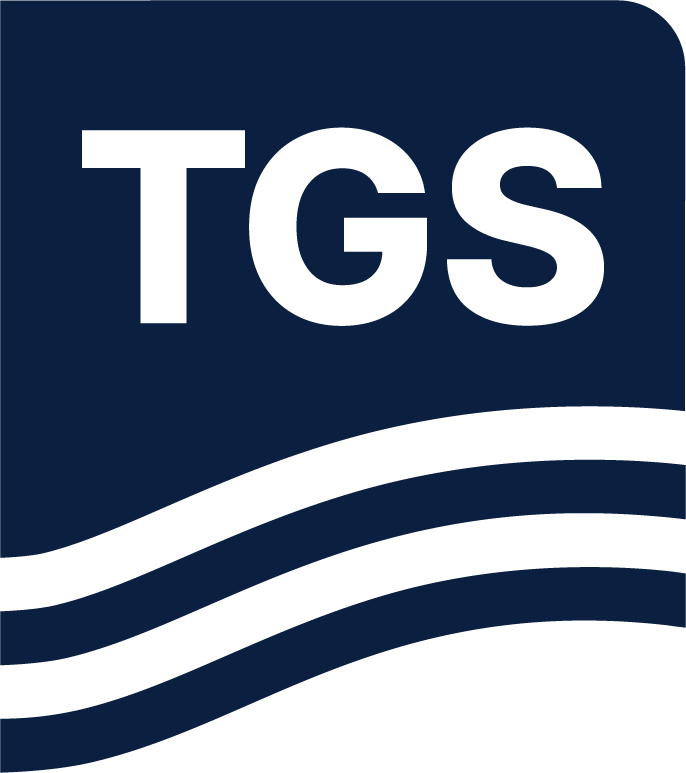New Technology Continues to Gain Momentum as Surface Locations Dwindle
Over the last few years, shale drilling technologies have taken a dramatic step forward with longer laterals and new well designs, all aimed at increasing drilling efficiencies and reducing costs. One new well design that has gained traction is the horseshoe or U-turn well design, characterized by two parallel 1-mile laterals connected in the shape of a U. First pioneered in the Delaware Basin by Shell in 2019, over 30 U-turn wells have been drilled across the Permian in the last 6 years, with operators such as Matador and Vital Energy citing cost savings averaging $3 million per horseshoe well. Using TGS Well Data Analytics and Well Economics, we compare the profitability of drilling one horseshoe well versus two 1-mile straight laterals.
Since 2019 in the Permian Basin, horseshoe wells have primarily been tested in 3 formations across the basin: Spraberry in the southwest Midland Basin, Wolfcamp across the central portion of the Delaware, and Bone Spring on either side of the TX-NM state line in Lea and Loving counties (Figure 1). To date, the horseshoe laterals in the Permian have been landed at similar depths to nearby wells targeting the same formation, however, well performance is variable across the three plays. Bone Spring horseshoe wells with similar completion parameters produced 50% more EUR / ft compared to nearby wells with 1-mile laterals (Figure 2). On the flip side, Spraberry and Wolfcamp horseshoes produced 20% and 42% less on an EUR / ft basis, respectively, than wells with 1-mile straight laterals.
To determine the profitability difference between the horseshoes and two 1-mile straight laterals, we leveraged TGS Well Economics dataset within Well Data Analytics and compared the NPV /ft of both well designs, primarily focusing on the Spraberry sample dataset to reduce variability and ensure there was an even playing field for comparison Assuming identical price realizations and operational costs, for the same amount of lateral length, Spraberry horseshoe wells were 27% more profitable on an NPV / ft basis when compared to drilling two 1-mile laterals. For the two wells designs to be equally profitable on an NPV / ft basis, the wells with 1-mile laterals would need to yield an 8% higher EUR / ft. This increased profitability of horseshoe wells is due to savings from D&C costs such as casing, tubing, surface facilities, and time on production, when compared to two 1-mile laterals. Although still in the early innings, the new technology is proving to be a viable option in the area and could rise in popularity as surface space becomes less available and economic margins shrink in the coming years.
Using TGS Well Data Analytics, we were able to quickly evaluate profitability of different well designs. For more information about TGS Well Data Analytics or to schedule a demo, contact us at WDPSales@tgs.com.

Figure 1. Delaware and Midland Basin producing wells with a U-turn well path design.

Figure 2. Estimated ultimate recovery (EUR) per foot comparison of U-turn laterals with two 1-mile segments versus 1-mile straight laterals with similar completion parameters.


